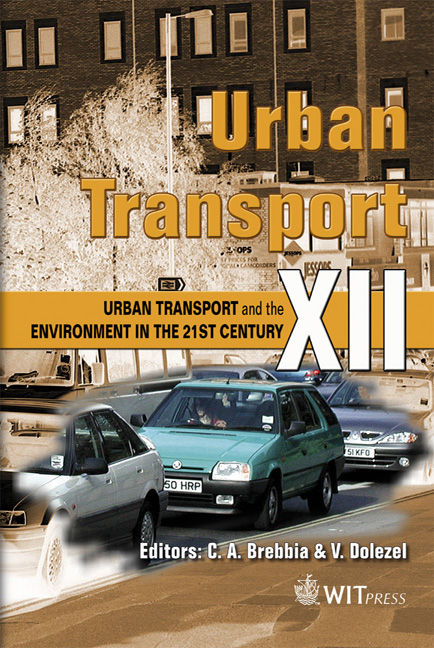Active Travel And Urban Transport: What Works And What Doesn’t – An Antipodean Perspective
Price
Free (open access)
Transaction
Volume
89
Pages
10
Published
2006
Size
351 kb
Paper DOI
10.2495/UT060141
Copyright
WIT Press
Author(s)
R. Katz
Abstract
Urban planners have long recognized the desirability of implementing an urban form that promotes active travel in the form of walking, cycling and even public transport. Government and developers have been slower to see the scope for using urban planning as a means of promoting healthy life-styles, environments and economies. However there are now a number of examples of developers and governments working with planners to achieve these aims. Some of the key elements for achieving success include a general consciousness raising and a belief that typical urban form is not immutable. This paper will review some of these examples that show considerable hope for converting at least some of the antipodes to the \“pro-peds”. Keywords: active travel, cycling, walking, planning, Australia. 1 Introduction This paper aims to provide some tools for policy or facility developers to increase active travel through interventions in a number of decision points. This requires harnessing unusual allies and arguments – some of which may be particular to Australia but many of which are common in all jurisdictions. 1.1 Questions begged Some of the questions that the title raises include: • What is the meaning of ‘active travel’? • What does ‘works’ mean? • Is there a special antipodean perspective?
Keywords
active travel, cycling, walking, planning, Australia.





